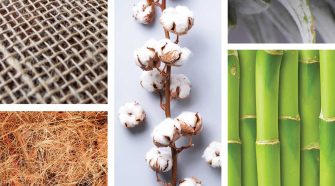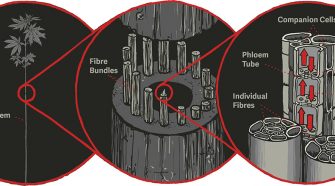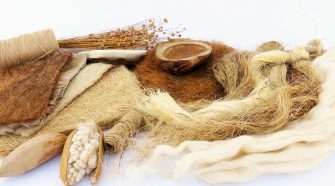Natural Fiber

Considering cotton and natural fiber alternatives
Cotton was undoubtedly the fiber of the 19th and early 20th centuries and is still by far the world’s most widely used natural fiber. But while cotton is a biodegradable …

BastCore bets big on hemp
Hemp has a long history as a raw material for American industry. Jamestown settlers introduced hemp to colonial America in the early 1600s for rope, paper, and other fiber-based products; …

Looking back to go forward – natural fiber innovation, 30,000 years in the making
Not too long ago, deep in a cave in the Eurasian country of Georgia, archaeologists unearthed the world’s oldest textile fibers – flax (linen) fibers dating back 30,000 years or …

Gaston College gets the green light to build state-of-the-art Fiber Innovation Center
In 1941, the North Carolina Textile School was established by an act of legislation, and it officially opened in 1943 with a series of classes including weaving, spinning, knitting and …

Reversing the shift back to natural fibers
Once upon a time there were only natural fibers; in fact that is not very long ago! That said, synthetic fibers, such as polyester and nylon have been around since …

